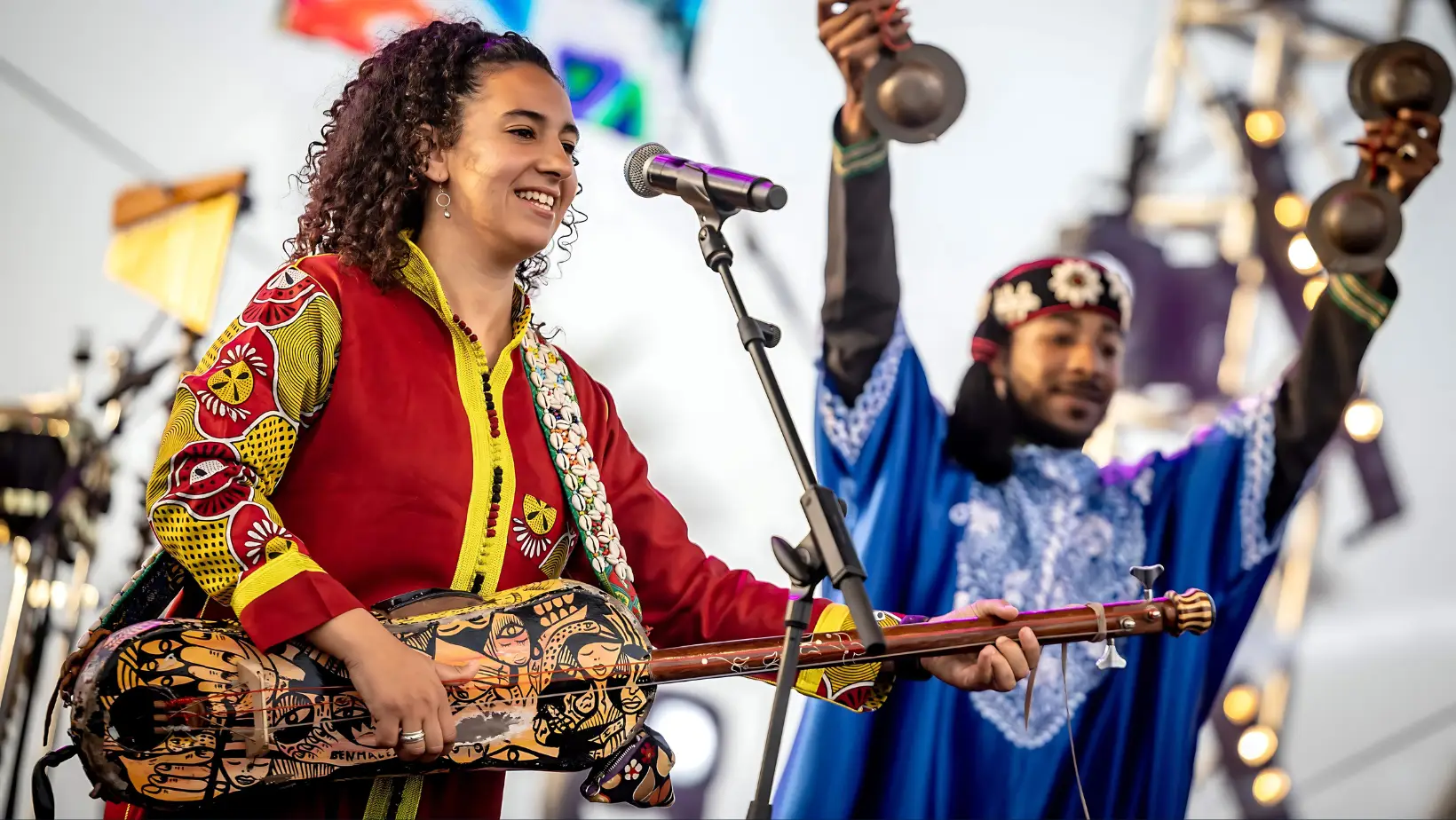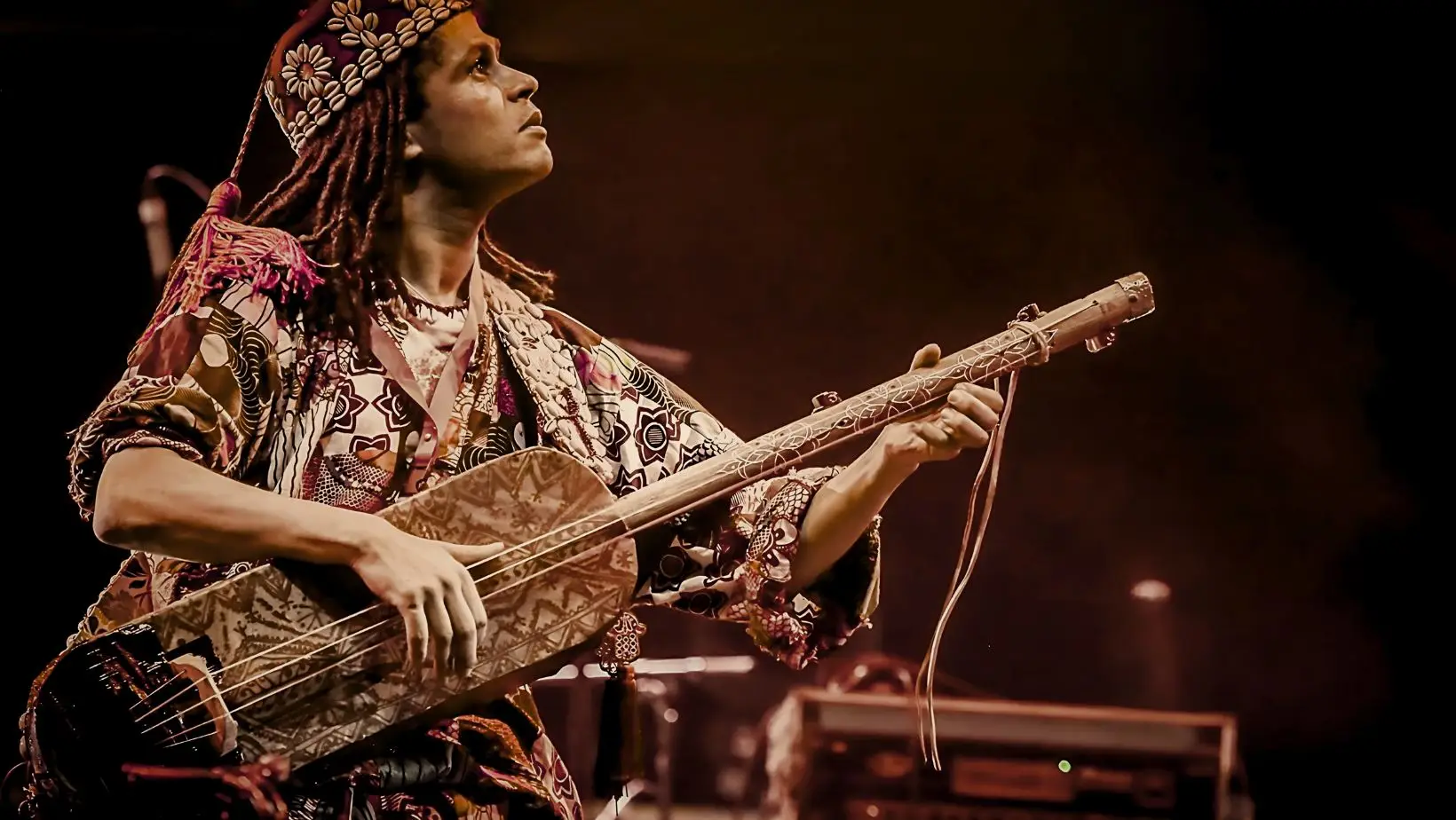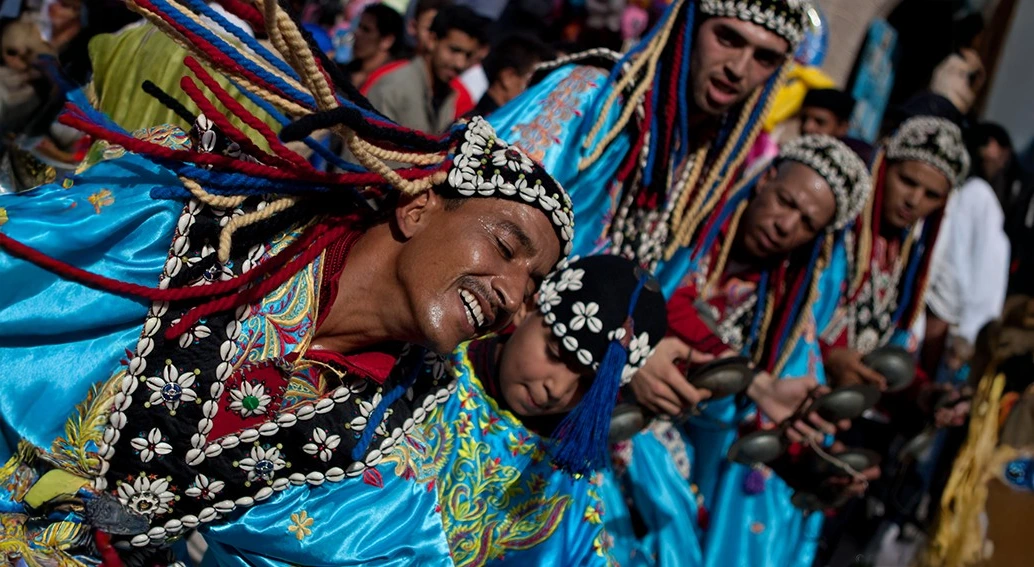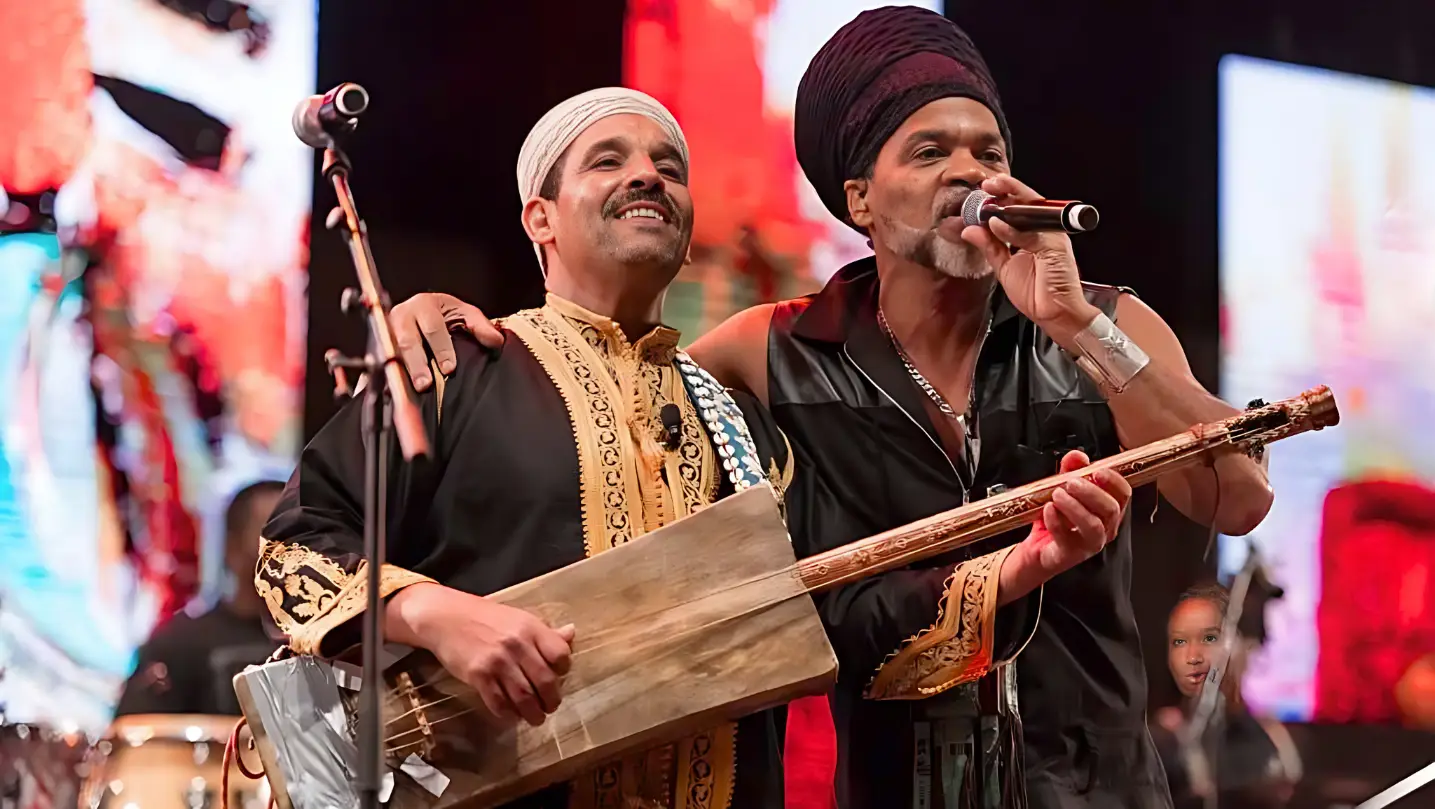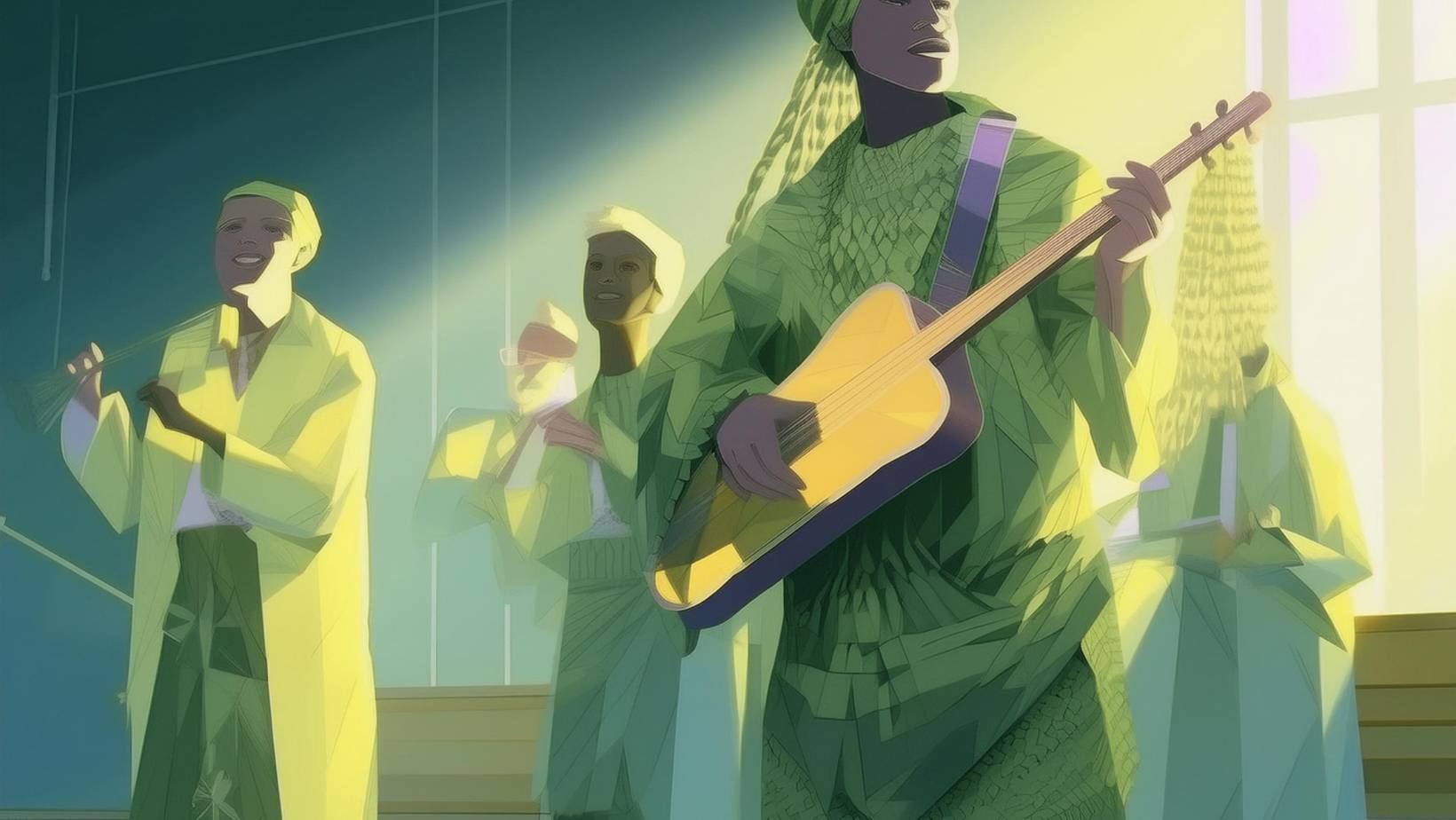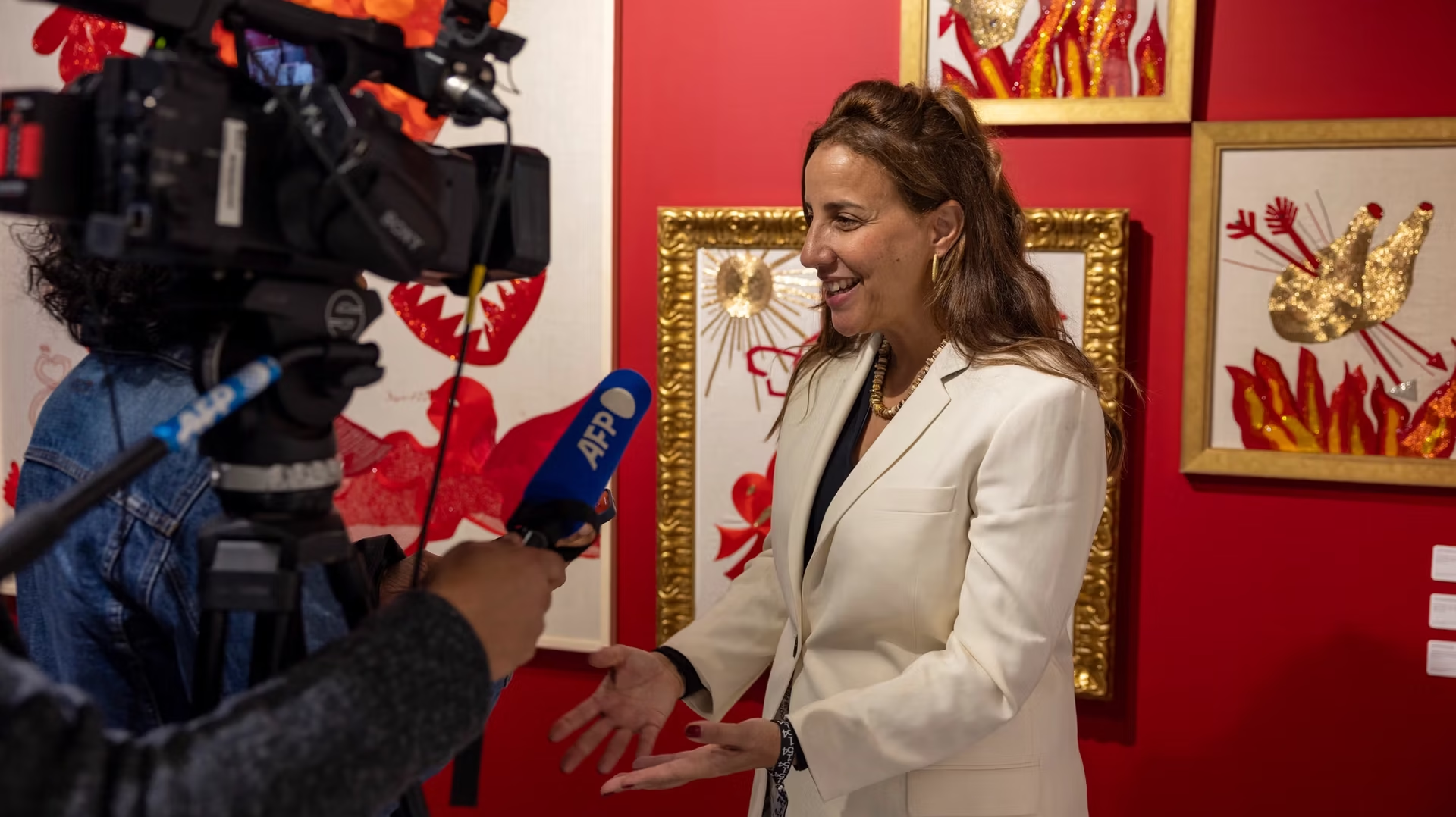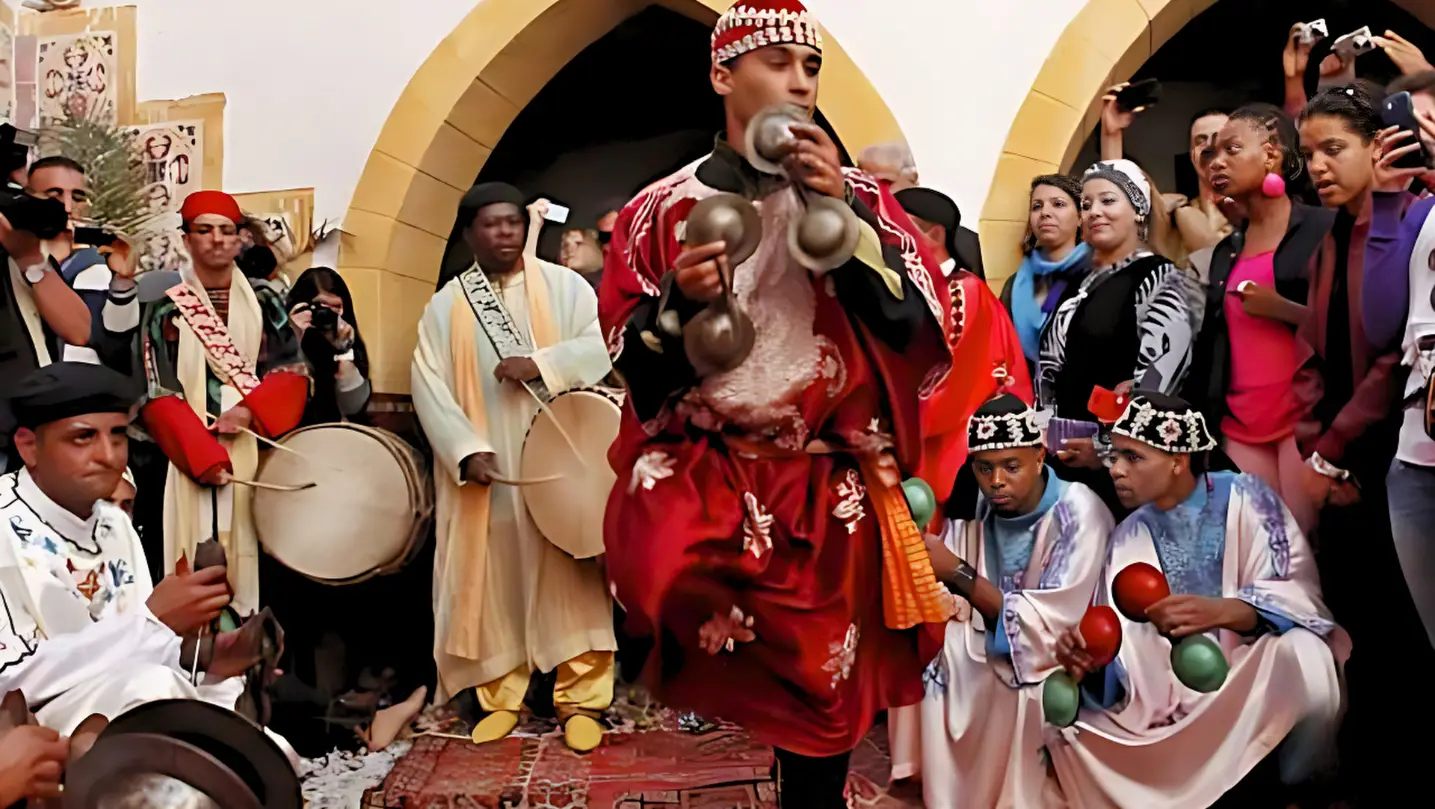The vibrant pulse of Gnawa music, rooted in the rich soils of Moroccan culture and African spirituality, is experiencing a creative renaissance. As the world becomes increasingly interconnected, young Gnawa musicians are at the forefront of an exciting evolution, blending the traditional sounds of their ancestors with contemporary music genres. This fusion is not only reshaping the soundscape of Gnawa music but also redefining its cultural identity in the modern world.
The Fusion of Tradition and Modernity
The new generation of Gnawa artists is boldly experimenting by incorporating elements of jazz, blues, reggae, and hip-hop into their traditional repertoire. This innovative approach is exemplified by artists like Mehdi Nassouli, whose work seamlessly integrates Gnawa rhythms with global music influences. Nassouli, among others, represents a youthful wave of musicians who respect the deep spiritual and cultural roots of Gnawa music while also pushing its boundaries.
The integration of electronic music is another significant trend among young Gnawa musicians. By using synthesizers and digital production techniques, they are creating a unique sound that resonates with the global dance music scene. This modern twist not only appeals to younger audiences within Morocco but also captivates listeners worldwide, as seen in the growing popularity of fusion festivals and international music collaborations.
Cultural Identity and Global Appeal
This blend of old and new has sparked a debate about the identity of Gnawa culture in the contemporary era. Purists fear that the essence of Gnawa, deeply intertwined with spiritual healing and religious ceremonies, may be diluted. However, many young musicians and cultural commentators argue that this evolution is a natural response to the global cultural exchanges of the 21st century.
For many young Gnawas, the fusion of genres represents more than just musical experimentation; it’s a way to communicate their identity in a multicultural world. It allows them to retain their unique heritage while also making their music accessible and relevant to a global audience. This dynamic interaction between the traditional and the modern not only preserves Gnawa music but also enables it to evolve.
The Role of Youth in Cultural Preservation
The enthusiasm and innovation of young Gnawa musicians are crucial for the survival and growth of this musical genre. By introducing Gnawa music to diverse audiences, they help ensure that it does not become static or forgotten. Instead, Gnawa music is celebrated as a living, evolving form of art.
Moreover, through their musical explorations, these young artists are crafting a new narrative for Gnawa culture—one that embraces both its African roots and its place in the global music community. This narrative is particularly appealing to young Moroccans and Africans, who see in it a reflection of their own hybrid identities.
Conclusion: The Future of Gnawa Music
As Gnawa music continues to weave through the fabric of global music trends, its core elements—spiritual depth, rhythmic complexity, and cultural richness—remain intact. The young musicians leading this charge are not only artists but also cultural ambassadors, bridging the gap between generations and geographies.
The evolution of Gnawa music through the hands of its youthful practitioners is a testament to the adaptive power of cultural expressions. As they fuse traditional sounds with modern beats, these artists are not just redefining Gnawa music; they are reshaping the cultural identity of a whole community, ensuring its relevance and resonance for generations to come.
In embracing both the old and the new, Gnawa music continues to be a vibrant, dynamic force in the world of music, reflecting the ongoing dialogue between tradition and modernity in global cultural identities.
